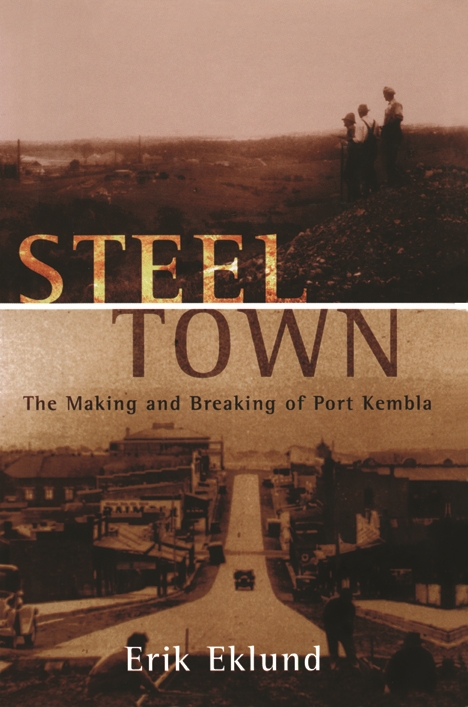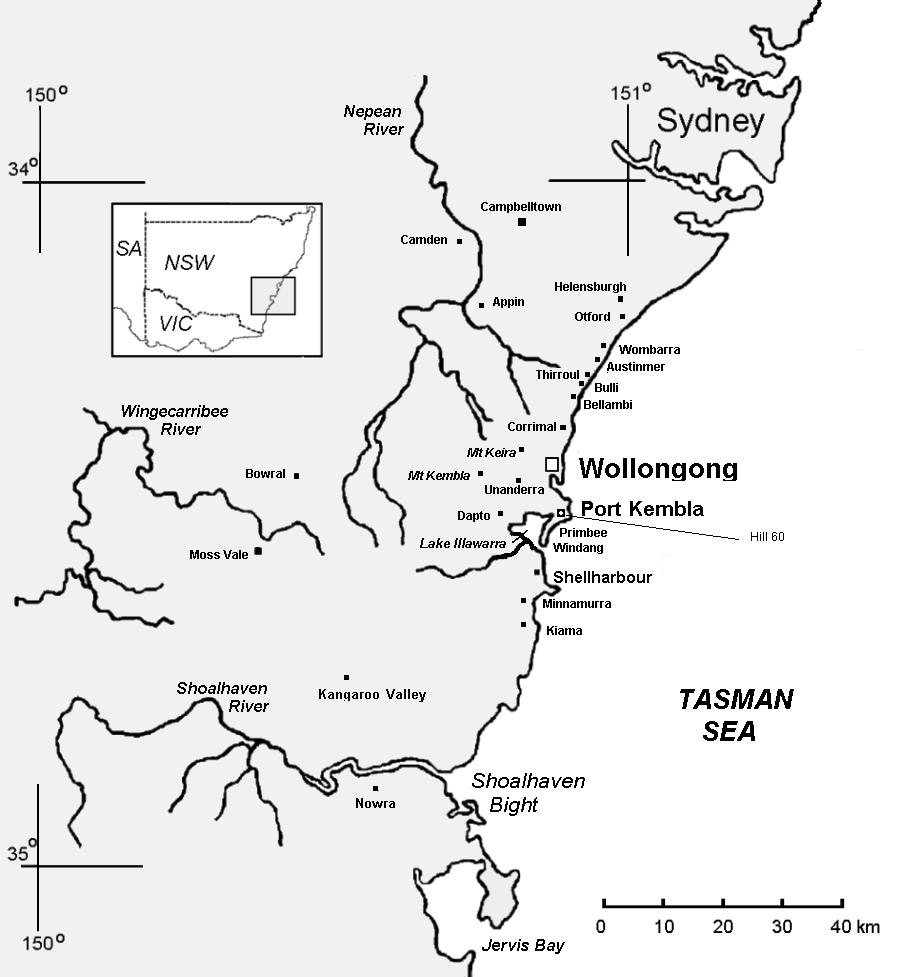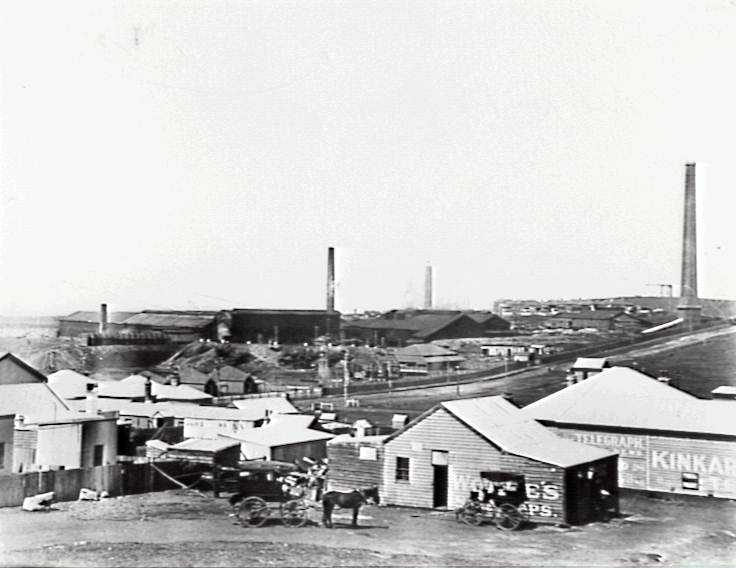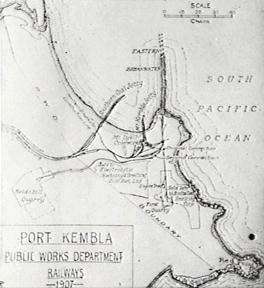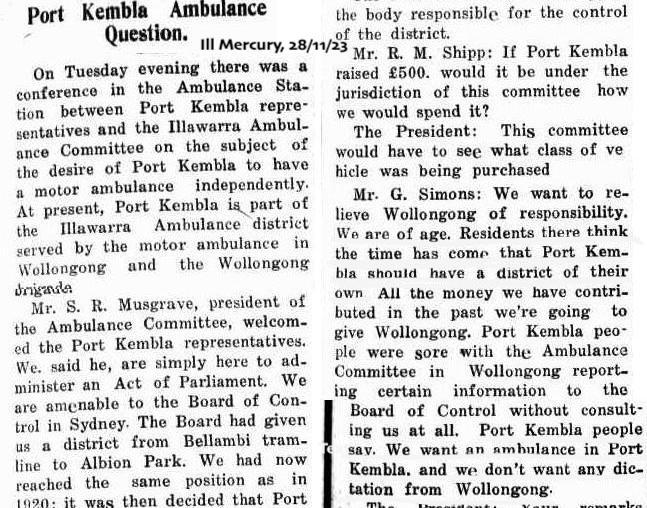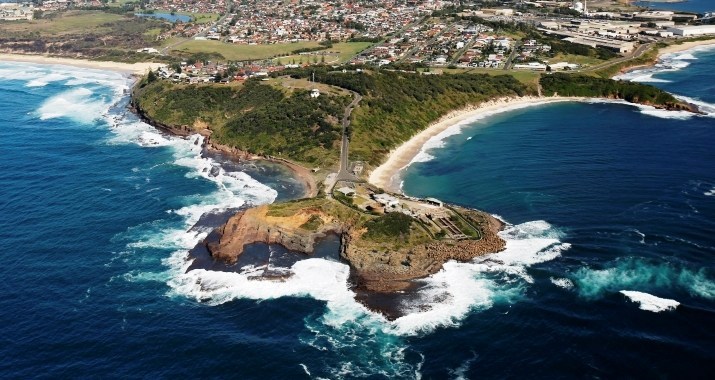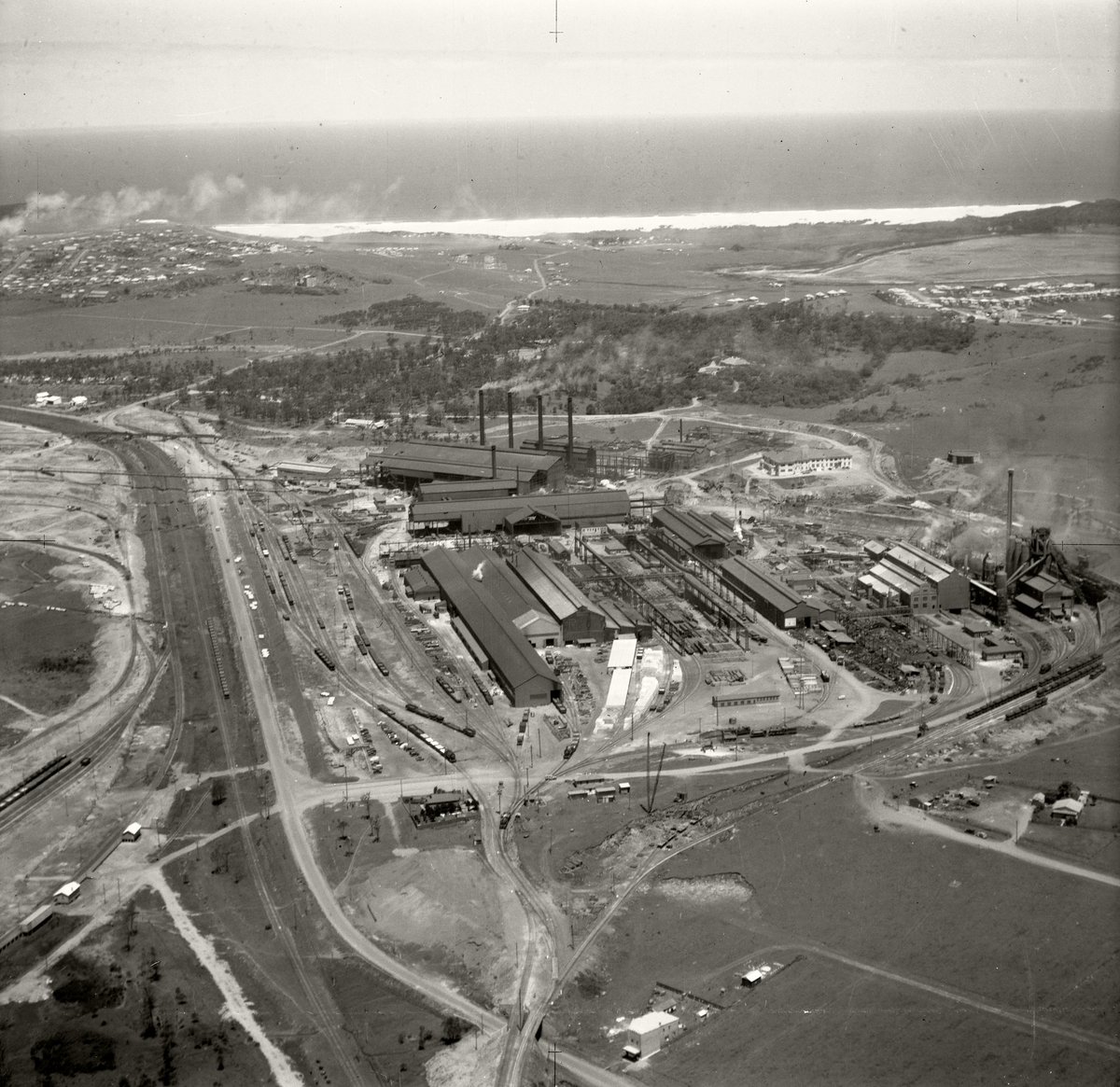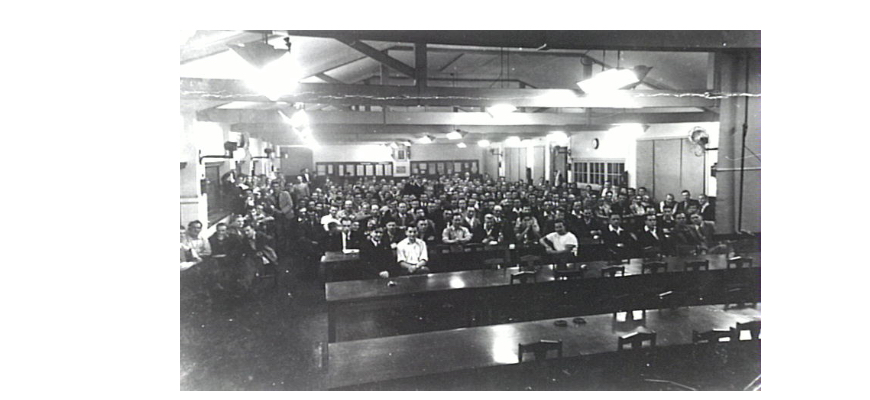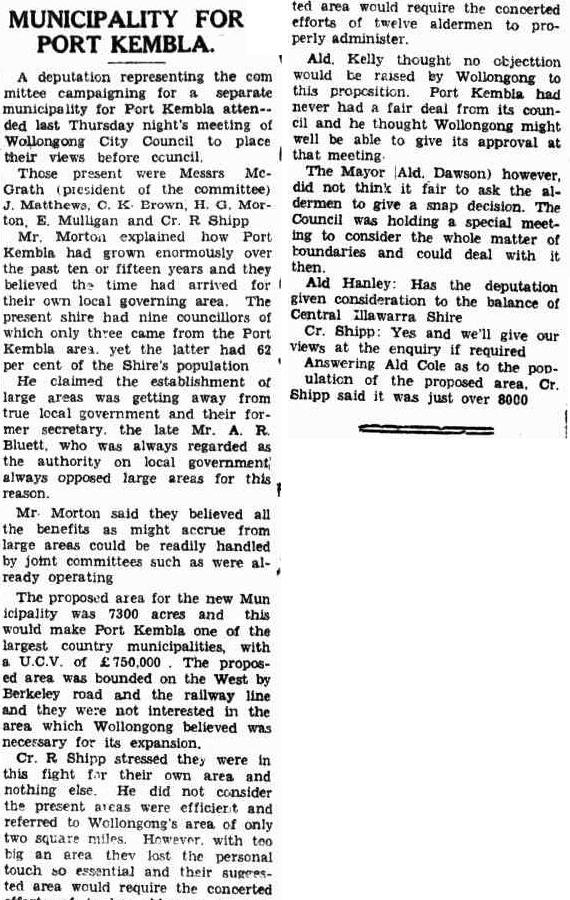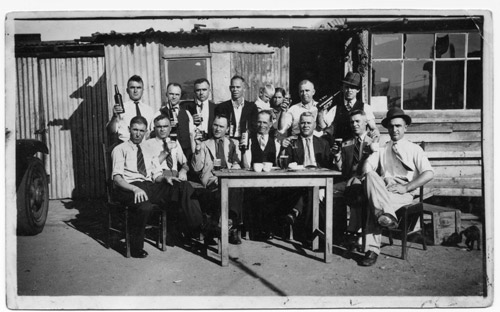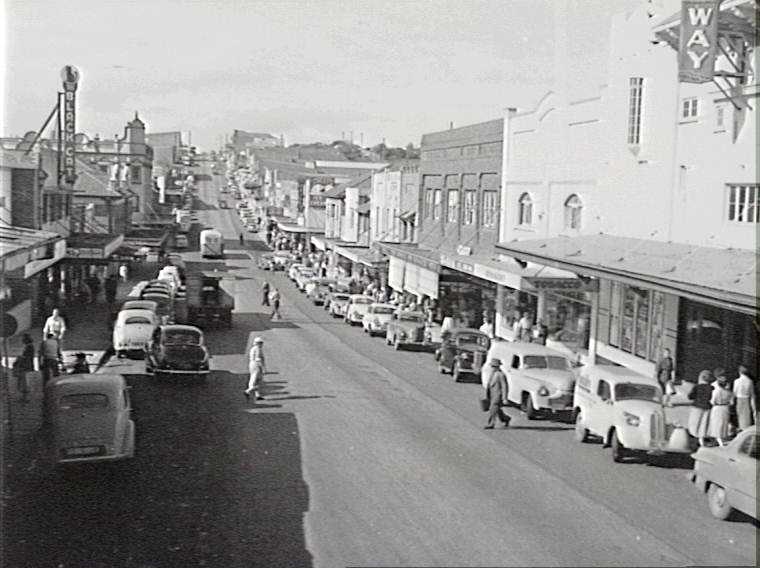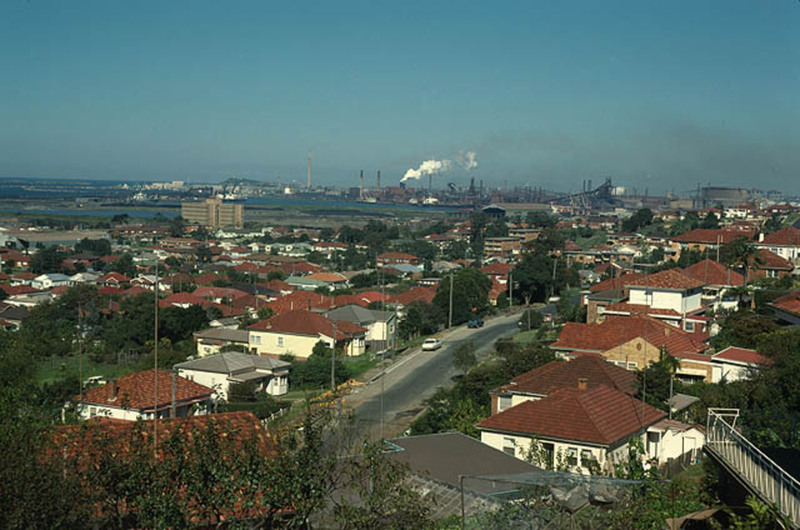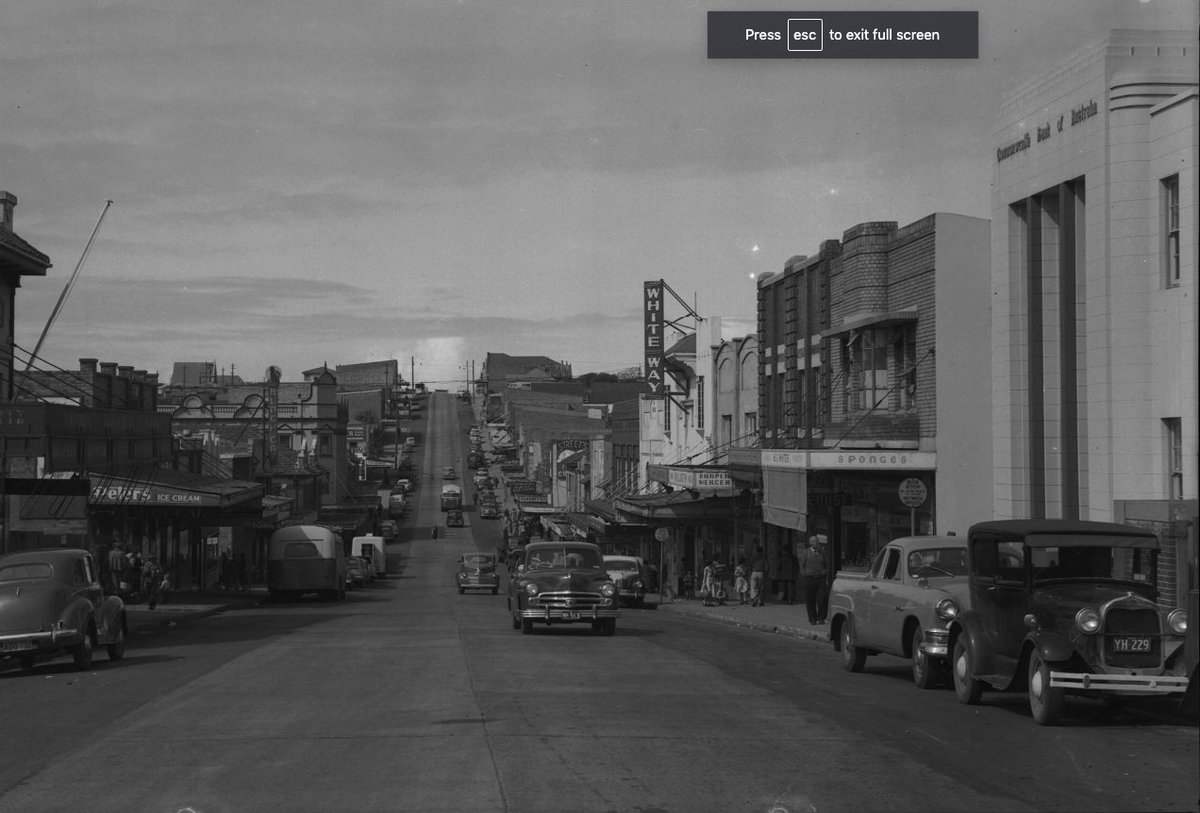1/15 Thanks @louisemiskell ! I will be looking at Port Kembla; an industrial town in New South Wales, Australia. I am returning to research I did 20 years ago preparing a 2nd edition of my book. Tweeting from GunaiKurnai country in SE Australia @FedUniAustralia
#SWOS20
#SWOS20
2/15 Port Kembla (PK) industrialised from 1900. Hoskins Steel works relocated from Lithgow production from 1929. New company, Australian Iron & Steel Pty Ltd (AI&S) was taken over by Broken Hill Proprietary (BHP) in 1935. By 1921 PK pop was 1,622. 4,960 by 1947
#SWOS20
#SWOS20
3/15 My work focused on intersection of localism, class, race, and place. The arrival of steelmaking started a long process that overwhelmed town boundaries and had important social and political implications. The proximity of Wollongong esp. had important ramifications
#SWOS20
#SWOS20
4/15 Port Kembla was selected as a site for a steel industry since there was good quality coal in the region, it had rail access to Sydney, and extensive work could create a viable harbour. It was very close to an existing regional centre – Wollongong. #SWOS20
5/15 In the 1920s a town-based ‘localist’ politics was dominant. Localism used by local companies as a competitor to union identification but by 1920s there was a cross class alliance as shown by the Progress Association Expressed views as per below: 'We are of age'
#SWOS20
#SWOS20
6/15 The Indigenous people of the PK area, the Wadi Wadi of the Dharawal language group, have deep associations with area. They maintained a lifestyle based on fishing at nearby Hill 60 and MM Beach. But in 1942 the Dept of Defence resumed land and people forcibly moved. #SWOS20
7/15 The Progress Assocn never campaigned on this, indicating exclusions to their idea of a ‘citizen’. Only local radical unions including waterside workers and the ironworkers and one or two Labor Councillors supported Indigenous people, especially from the late 40s. #SWOS20
8/15 All PK Prog Assocn active members were white men (commercial, retail, professional, workers, unionists, etc) BUT the Parents and Citizens Assocn and the various Churches showed women active in localist pursuits too. #SWOS20
9/15 From 1930 there was an inexorable movement to larger spatial scales based on the entire region. The commercial and industrial middle class began to organise across the region, as did the regional labour movement (Check the scale of new AI&S in 1937!) #SWOS20
10/15 AI&S management less interested in PK. Securing labour was not a problem since Com’. Govt provided a new migrant workforce after 1945. AI&S pursued strategies to divide their workforce between staff and day labour and were more engaged in state and federal politics. #SWOS20
11/15 The last gasp of local autonomy came in the 1940s and early 50s when local reps ran unsuccessful campaigns for their own local government.
'Ald Shipp stressed they were in this fight for their own area and nothing else'
But Greater City of Wollongong formed 1947
#SWOS20
'Ald Shipp stressed they were in this fight for their own area and nothing else'
But Greater City of Wollongong formed 1947
#SWOS20
12/15 PK remained a busy place but nearby suburban development and control from Wollongong meant a slow steady commercial decline from 1950s. Migration changed the demographics so in a way it was an older Anglo-Celtic PK that declined. #SWOS20 Macedonian migrants pictured below
13/15 My research tried to take ‘place’ seriously - boundaries, modes of organisation & governance, suburban growth. The scale of growth overwhelmed town boundaries. Steel making at Port Kembla had strong regional effects, and increasingly a place of national importance #SWOS20
14/15 Still some issues remain. Localism later utilised by companies in Whyalla (BHP) and Mount Isa (MIM). So did the scale of steelmaking have similar regional impacts elsewhere? What comparative insights can we develop both in Aust. and internationally? #SWOS20
15/15 Thanks for reading. I look forward to your comments and questions. Reply here or email me: [email protected] #SWOS20
Wentworth Street, PK, early 1950s by a famous Australian photographer, Frank Hurley (NLA Collection)
Wentworth Street, PK, early 1950s by a famous Australian photographer, Frank Hurley (NLA Collection)

 Read on Twitter
Read on Twitter